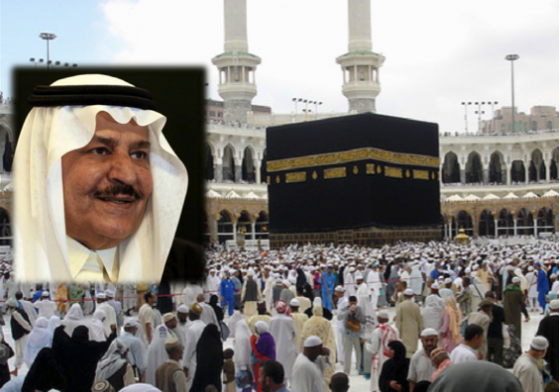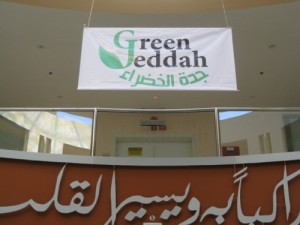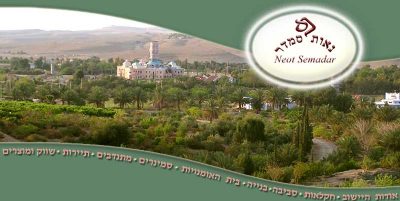Come November, Muslims will embark on a week long pilgrimage to Makkah, Saudi Arabia. The trip is a monumental experience for religious rebirth and with predictions for this Hajj season seeing the highest number of pilgrims, a timely security guide has been approved by the Kingdom’s Minister of Interior.
Prince Naif Bin Abdul Aziz, Second Deputy Premier and Minister of Interior has given his approval to a Hajj security plan. It centres on providing pilgrims with basic services and shelter centers in the event of any emergencies.
“All measures and precautions necessary for providing pilgrims and citizens with safety and protecting them from all types of dangers, accidents and disasters have been taken into consideration,” he said.
The guide is a result of a the Hajj and Umrah – Health and Safety Awareness week launched at the House of Lords in September. This year over 25,000 British pilgrims join more than 2 million others from all over the world converging at Makkah to perform the Hajj pilgrimage in the first week of November, 2011.
Hajj health and security checks are standard
All countries are required to inform pilgrims of potential health risks and safety procedures before they arrive for Hajj. The Government of Saudi Arabia asks countries to conduct necessary educational programs to supplement Hajj related health and safety awareness of their pilgrims.
Saad Bin Jameel Al-Qurashi, Chairman of the National Haj Committee at the Chamber of Commerce and Industry in Makkah, said that a record number of pilgrims are expected to perform Hajj this year. The Kingdom usually receives 1.7 million pilgrims from outside the country alone. The committee based its prediction after a record five million people performed Umrah (non-compulsory pilgrimage) during Ramadan and in the last few months.
According to Go-Makkah, the Kingdom registered over 4.8 million Umrah visas; an increase of about a million pilgrims. In the short time slot before Hajj begins, there is a heightened concern of issuing more Hajj visas in the limited area in Mina (a go-between stop) and for dealing with injury cases.
What will the Hajj safety guide include?
Several government agencies will co-operate in implementing the plan throughout the Kingdom and many procedural efforts are still being finalised in the run up to Hajj.
- The plan will invest in steps to provide pilgrims with basic services – help desks, hygiene and food provision. While the outskirts of the holy mosque in Makkah is punctuated with Mcdonald’s and KFC take-outs, during the pilgrims’ travel from site to site, exhaustion and hydration are commonplace.
- Shelter centers will be implemented by the Civil Defense Directorate; hopefully we’ll see more use of first aid and refuge arenas for the lost and underprivileged.
- A procedure is being documented to take all necessary measures to transfer, evacuate and shelter up to to 10,000 pilgrims at a time in case of emergency situations in the holy sites such as Mina, Arafat and Muzdalifah.
- Other measures are being taken into consideration to provide the pilgrims and citizens safety from accidents and natural disasters.
More on friendlier travel:
Muslim World Takes Steps for Making the Hajj Green
Tourists Not Terrorists: The Middle East Can Capitalize on World Eco-Travel Trends
“Mekkah Metro” Marks A Green Hajj For Pilgrims
5 Tips to Travel Through Post-Revolution Egypt





While it is a great honor for saudi arabia to serve hujjaj and improve the facilities, there is still some areas to focus upon to ease the hajji and to maintain sanctity of the places of worship.
During tawaf, various hajji try their best to earn more satisfaction by trying to remain close to muqam e ibrahim, hateem and hajri aswad. Arrangements to avoid stampede be made to provide opportunity for once during hajj by issuing cards for access to these places. A glass wall can be erected to keep hajji at distance for sanctity of these places. Same arrangements are also necessary at madina for roza i rasool and riaz ul jannah. Use of railway should be increased for ease of haji and saving of oil, minimizing road transport and pollution.